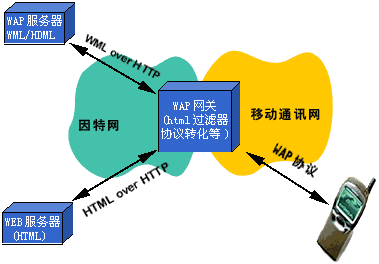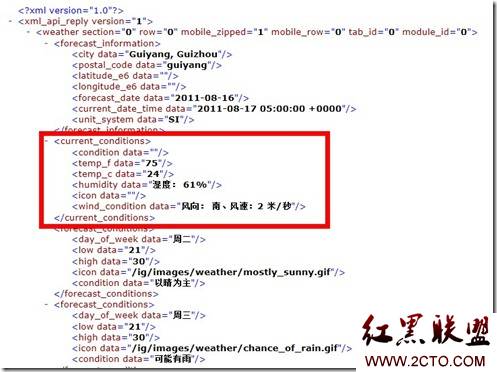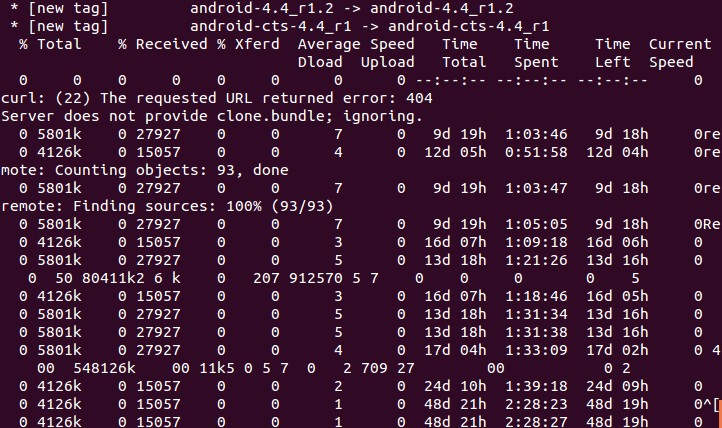Windows mobile添加控制面板程序
在Windows mobile系统中,用户可以通过设置来访问控制面板的应用程序,软件开发人员也可以通过Windows mobile提供的API函数来访问控制面板的一些信息,例如可以向其中增加一个控制面板的应用。控制面板应用程序实现为一个Dll中,但必须以cpl为后缀,它导出一个回调函数:
LONG CPlApplet(HWND hwndCPl, UINT msg, LPARAM lParam1, LPARAM lParam2);
在用户点击设置时,ctlpnl.exe进程会通过调用CPlApplet来发送一些消息,一个cpl可以支持多个控制面板的小程序(applets):
hwndCPl:控制面板窗口句柄,即是小程序的父窗口。
Msg:控制面板程序(ctlpnl.exe)向我们的应用程序发送的消息,这些消息决定了应用程序初始化、启动、停止、退出,主要包括:
CPL_INIT、CPL_GETCOUNT、CPL_NEWINQUIRE、CPL_IDNAME、CPL_DBLCLK、CPL_STOP、CPL_EXIT。
CPL_INIT:初始化消息,即ctlpnl.exe通知控制面板应用程序做一些全局的初始化工作,如内存分配。
CPL_GETCOUNT:获取控制面板应用程序支持的小程序个数。
CPL_NEWINQUIRE:查询控制面板应用程序的小程序的信息。这些信息包含在NEWCPLINFO结构中。
CPL_IDNAME:获得控制面板应用程序的名称,通过设置下面的注册表键值可以改变应用位于控制面板属性页的位置。
[HKEY_LOCAL_MACHINE/ControlPanel/<ID name>].
"Group" = dword:1
Group value
Settings tab where CPL exists
0
Personal
1 (default value)
System
2
Connections
CPL_DBLCLK:此消息表明用户点击了控制面板应用,可以在此启动一个进程,进而完成相应的工作。
CPL_STOP、CPL_EXIT:分别是停止和退出消息。
下面给出一个简单的实例:
首先建立一个Smart Device的Win32 Smart Device Project DLL工程,
加入下面的代码:
// TestCPL.cpp : Defines the entry point for the DLL application.
#include "stdafx.h"
#include <cpl.h>
#define NUM_APPLETS 1
HINSTANCE g_hInstance = NULL;
typedef struct tagApplets
{
int icon; // icon resource identifier
int namestring; // name-string resource identifier
int descstring; // description-string resource identifier
} APPLETS;
const APPLETS SystemApplets[] =
{
APPLET_ICON, APPLET_NAME, APPLET_DESC
// add more struct members here if supporting more than on applet
};
BOOL APIENTRY DllMain( HANDLE hModule,
DWORD ul_reason_for_call,
LPVOID lpReserved
)
{
if (DLL_PROCESS_ATTACH == ul_reason_for_call)
g_hInstance = (HINSTANCE)hModule;
return TRUE;
}
BOOL InitApplet(HWND hwndParent)
{
return TRUE;
}
void TermApplet()
{
return;
}
////////////////////////////////////////////////////////
// This is the entry point called by ctlpnl.exe
////////////////////////////////////////////////////////
LONG CALLBACK CPlApplet (HWND hwndCPL, UINT uMsg, LONG lParam1, LONG lParam2)
{
int iApplet;
LPNEWCPLINFO lpNewCPlInfo;
static int iInitCount = 0;
switch (uMsg)
{
// First message sent. It is sent only once to
// allow the dll to initialize it's applet(s)
case CPL_INIT:
if (!iInitCount)
{
if (!InitApplet(hwndCPL))
return FALSE;
}
iInitCount++;
return TRUE;
// Second message sent. Return the count of applets supported
// by this dll
case CPL_GETCOUNT:
return (LONG)NUM_APPLETS;
// Third message sent. Sent once for each applet supported by this dll.
// The lParam1 contains the number that indicates which applet this is
// for, from 0 to 1 less than the count of applets.
// lParam2 is a NEWCPLINFO that should be filled with information about
// this applet before returning
case CPL_NEWINQUIRE:
lpNewCPlInfo = (LPNEWCPLINFO)lParam2;
iApplet = (int)lParam1;
lpNewCPlInfo->dwSize = (DWORD)sizeof(NEWCPLINFO);
lpNewCPlInfo->dwFlags = 0;
lpNewCPlInfo->dwHelpContext = 0;
lpNewCPlInfo->lData = SystemApplets[iApplet].icon;
lpNewCPlInfo->hIcon = LoadIcon(g_hInstance,(LPCTSTR)MAKEINTRESOURCE(SystemApplets[iApplet].icon));
lpNewCPlInfo->szHelpFile[0] = '/0';
LoadString(g_hInstance,SystemApplets[iApplet].namestring,lpNewCPlInfo->szName,32);
LoadString(g_hInstance,SystemApplets[iApplet].descstring,lpNewCPlInfo->szInfo,64);
break;
case CPL_IDNAME:
_tcscpy((LPWSTR)lParam2, _T("Device Information"));
break;
// This is sent whenever the user clicks an icon in Settings for one of
// the applets supported by this dll. lParam1 contains the number indicating
// which applet. Return 0 if applet successfully launched, non-zero otherwise
case CPL_DBLCLK:
iApplet = (UINT)lParam1;
补充:移动开发 , 其他 ,




